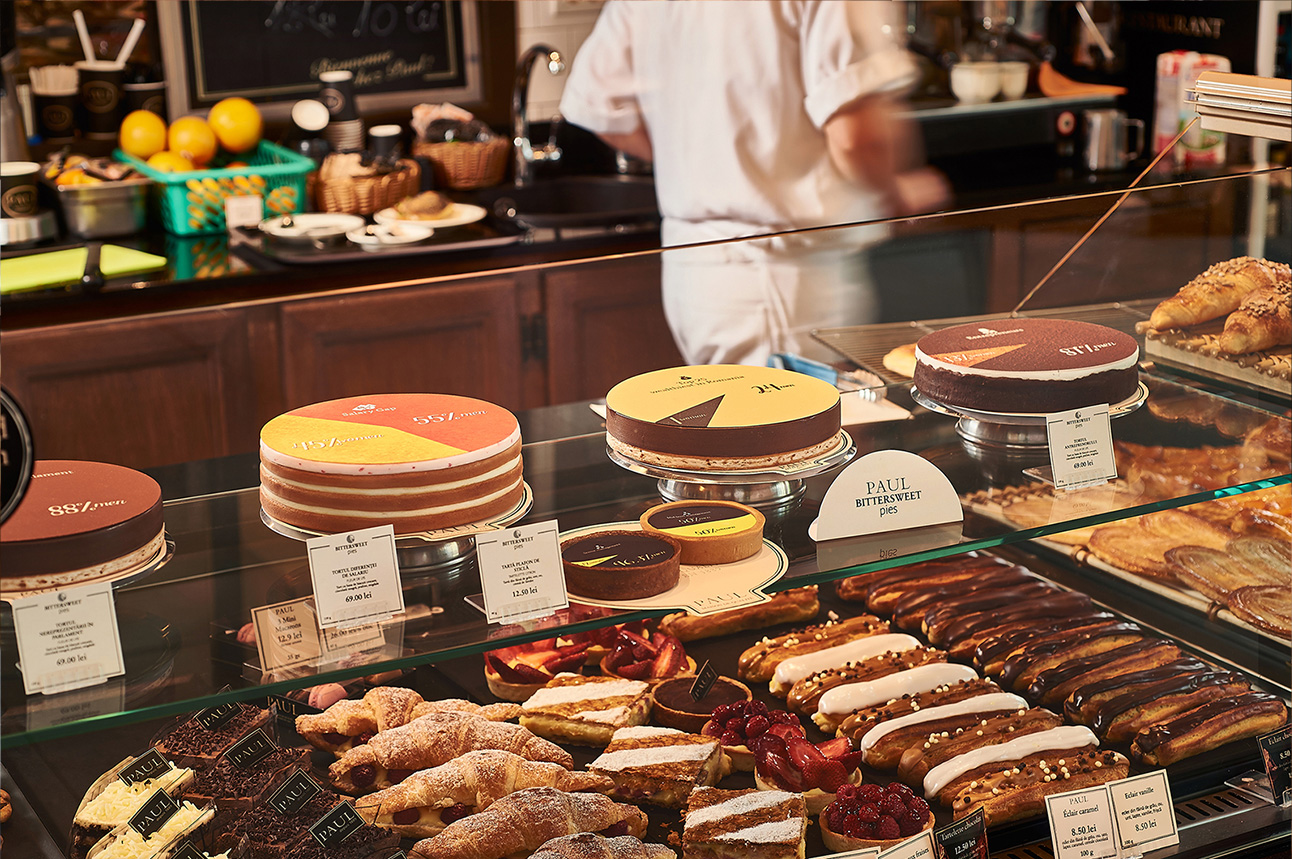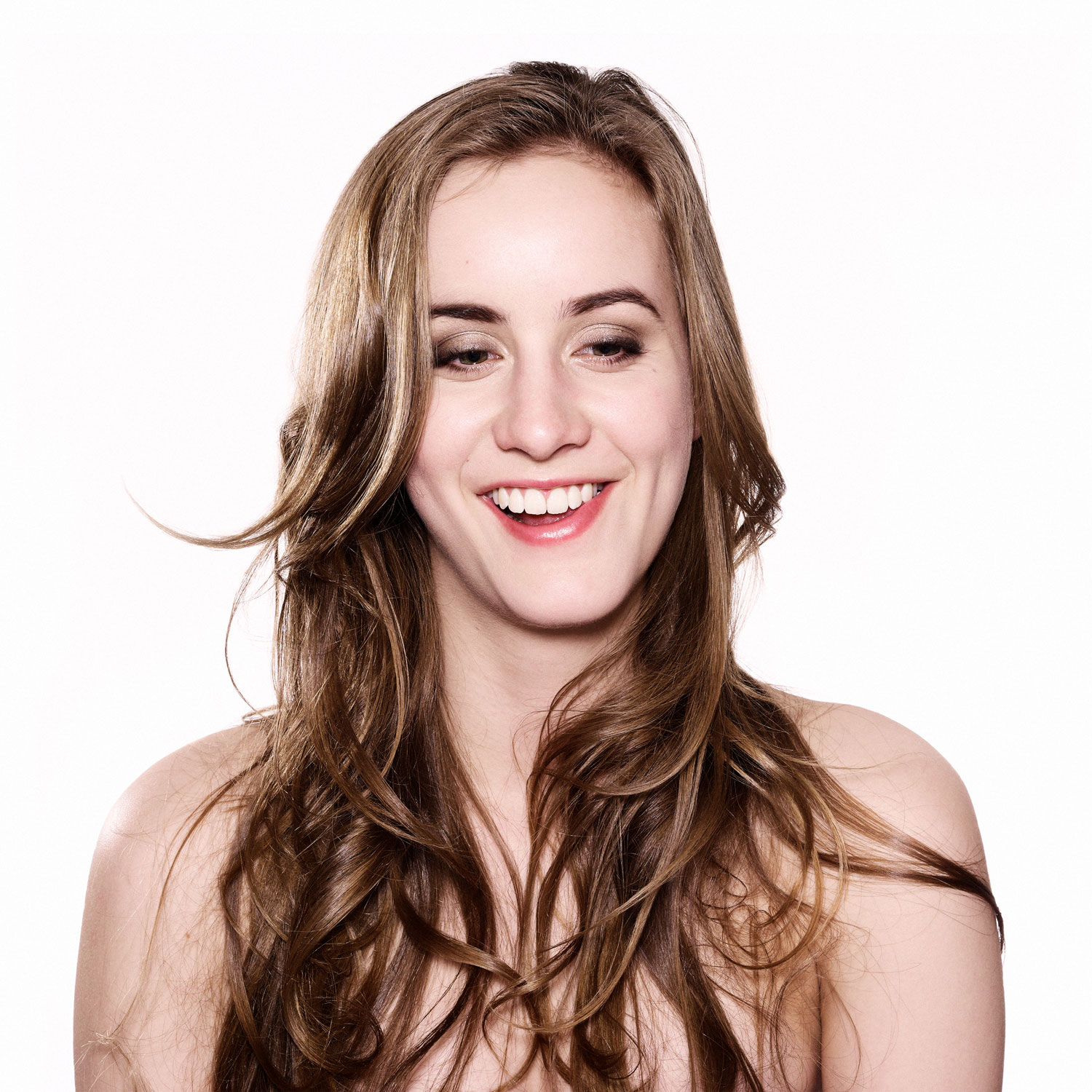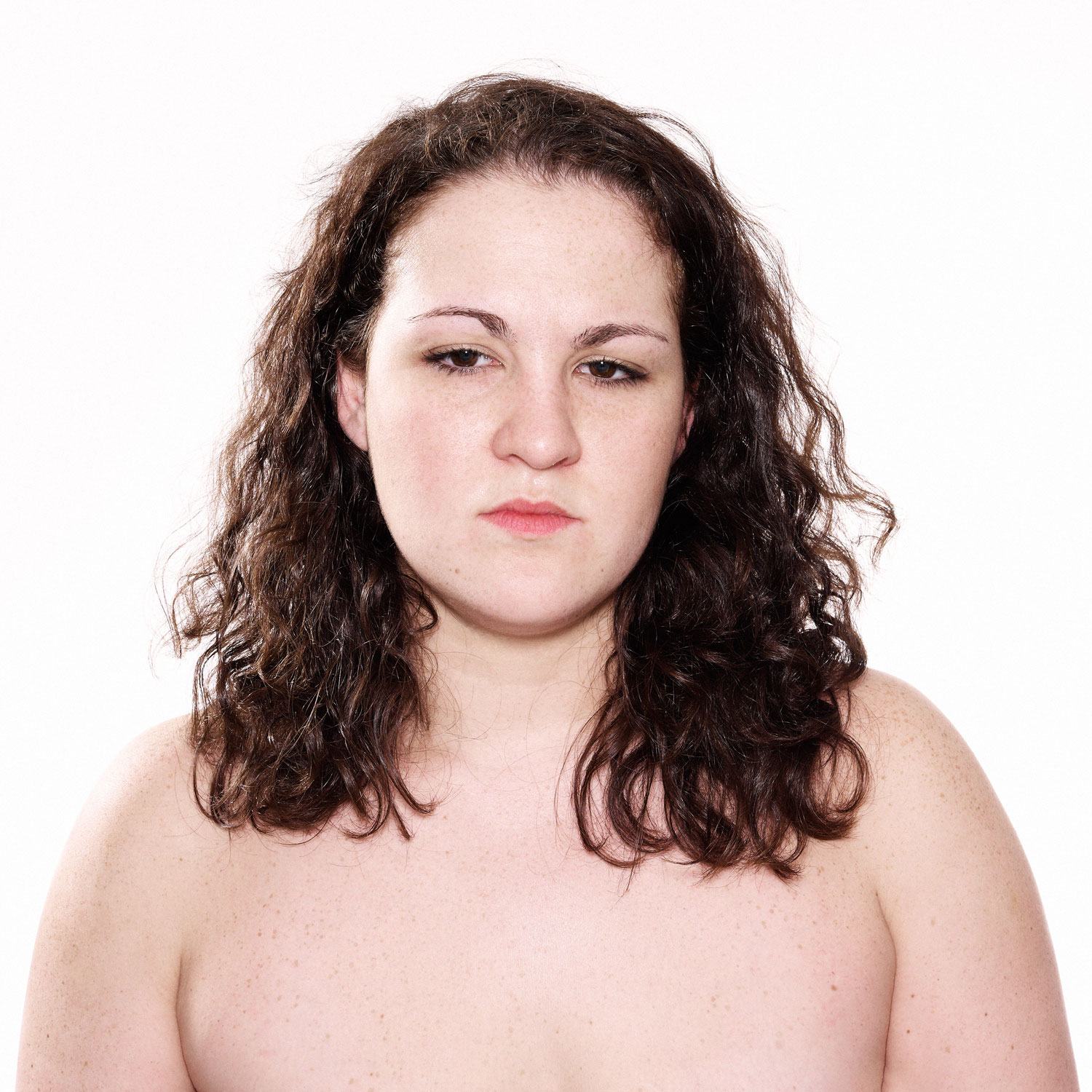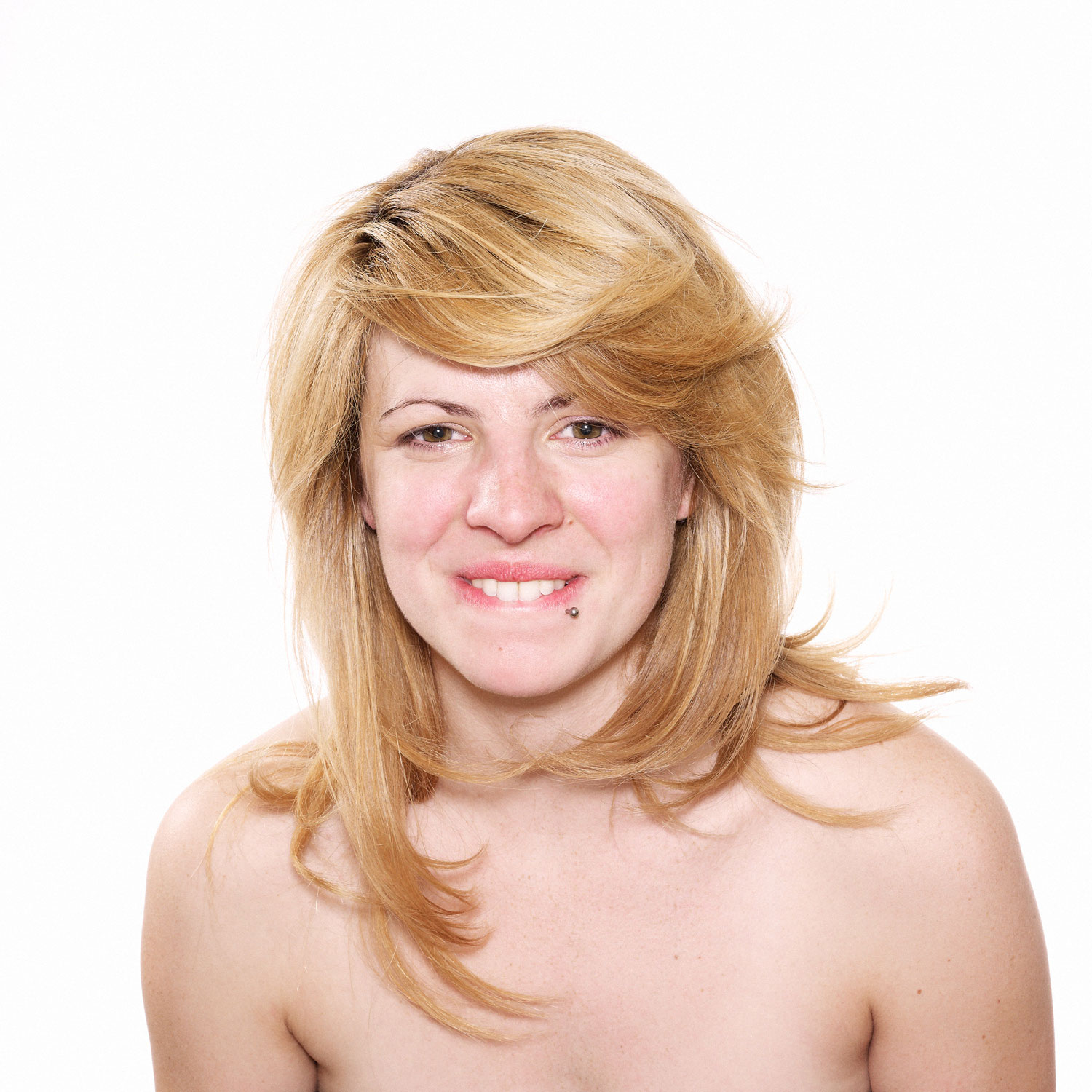![]()
Pages Jaunes—the French Yellow Pages—just launched an interactive music video for Breakbot's latest single, "My Toy." This may sound like a weird combination. But think about how much creative, local and artisanal color gets involved in productions like this. If you never have before, that's fine; it's usually hidden in the background.
Not this time.
The non-interactive video, which kicked off the #BreakbotxYellowPages campaign, went live in a global Pitchfork exclusive last week (we'll get to the content later):
On Breakbot.pagesjaunes.fr, you can watch the whole thing with a layer you can play with. To the top left of your screen, you're told how many small-business professionals worked on each scene, VH1 Pop-Up Video style.
When you click on the screen, the action freezes and little interaction bubbles guide you to videos about who did what—everyone from makeup artists, to a custom umbrella maker, to a neon vendor are showcased in about 34 videos. (They're all in French, natch, but some videos with subtitles appear below.)
Here's a scene for an interaction point about an esthetician:
![]()
You probably think the Yellow Pages, whose fat yellow books would make a brick cower in fear, are the perfect symbol for the world we left behind in our race toward bionic supremacy. But in France, Pages Jaunes is still going strong—and remains among the top 10 French media sites, scoring a whopping 15 million unique visitors per month.
Pages Jaunes started going digital deep in the '90s. The company is super mobile and tablet-friendly—its app has been downloaded 21.9 million times—and has made it a mission to bring small-business owners to digital, even going so far as to build them white-label websites (making it the No. 1 website creator for French professionals).
So, it's managed to keep up with the times.
But it's still hard to understand how Sid Lee, a young agency best known for its work on Adidas, sold the world's most old-school phone directory on a music video about a lady who builds her own sexbot. (Unlike his Ex Machina counterpart, who went rogue, this android looks terrified... at least until the orgy.)
We went to Sid Lee's Paris offices on Tuesday morning to find out what this madness was all about. Executive creative director and partner Sylvain Thirache and managing director and partner Johan Delpuech were nice enough not to throw us out. Here's a nice picture of them, so you know whose faces to imagine while they talk:
![]()
Asked how the client managed to stay hip with the flowering conglomos of tomorrow, especially in a country that prides itself on wary tech adoption, Delpuech explained: "Pages Jaunes maintains a very close relationship with small-business owners. And when their business started changing, it adapted fast to respond to their needs."
But faced with competitors like Airbnb, Google, TripAdvisor and food delivery services like Deliveroo and AlloResto, Pages Jaunes is under pressure to attract a younger target under constant assault. In fact, according to Delpuech, Pages Jaunes considers itself a competitor to any and all Uberization of French services.
That's a lot of enemies.
"People think it's still a book," admitted Thirache. "It needed to modernize its image to compete."
"We wanted to do something that would feel modern but still relatable," Delpuech said. "Breakbot is part of Ed Banger records, which launched French electronic bands like Justice, Sebastian, and DJ Mehdi. It's helped share French artists throughout the world, and is a modern expression of our culture. For us, Breakbot anchored that modernity."
Thus a collaboration was born. But how'd they punt the idea?
"We wanted something emotional that would showcase the beautiful and unique work of local small businesses," said Thirache. "We told them we wanted to respect the artist's vision."
Even if that vision, Delpuech noted, "is an erotic dream. It's a woman who makes a toy that can bring the Kama Sutra to life!"
To their surprise, Pages Jaunes got it immediately. "It's tricky for agencies to surprise their clients, but they felt it was strategically sound," Delpuech said. "Each scene was built from the ground up by a small-business owner. Normally at a shoot, you want to work with a minimum of people. But we had to turn that around—we needed to find the maximum number of people to get involved."
Over the course of four months, Sid Lee scoured the country to round up the most interesting collaborators. This is the result of that.
"What we like about Pages Jaunes is that they kept small, local businesses central to their mission," Delpuech said. "One in two French people don't make a doctor's appointment because they don't want to wait. And most people don't know that, like TripAdvisor and Expedia, it contains reviews. Unlike them, those reviews are certified. They're purists. And to help advance small business, 1,900 local commercial counselors exist to help with everything from SEO to building websites."
French hipsters can expect to catch #BreakbotxYellowPages on Elle.fr, Glamour, Rock en Seine and Facebook, not to mention on the sites and videos of influencers. Radio stations are talking about it, too—and rarely play the song without talking about the overall campaign, Delpuech proudly added.
Below are a few subtitled videos of the French businesses that helped make this randy robot tale happen.
Neon light manufacturers from Chaville:
The Parisian dry cleaner (because it pays to stay fresh):
The costume seller from Soissons:
Anémone, the swimwear designer from Biarritz—because where else would you get your swimsuits, and isn't her name perfect?!
The clothing designer from Paris:
The Parisian florists:
As Breakbot so melodically put it, "Break the rules. Let's do something we never do."
CREDITS
Client: Pages Jaunes
Agency: Sid Lee Paris:
Executive Creative Director: Sylvain Thirache
Creative Directors: Céline et Clément Mornet Landa
Art Directors: Yoann Plard, Jules Jolly
Managing Partner: Johan Delpuech
Deputy General Manager: Bruno Lee
Account Director: Jean-baptiste Destabeau
Account Manager: Thomas Lec'hvien
Production Director: Thomas Laget
Producer: Pauline Couten
Digital production Director: David Bismut
Digital producer: Clément Cassajus
Brand Management PagesJaunes:
Executive Director: Christophe Pingard
Deputy Executive Director: Julien Ampollini
Brand and Advertising Director SoLocal Group: Gérard Lenepveu
Advertising and Media Manager SoLocal Group: Yann Drumare
Communication Manager: Isabelle Druesne
Production:
Artist: Breakbot
Label: EdBanger Records
Record Company: Because music
Director "My Toy" clip : AB / CD / CD
Production "My Toy" clip: Partizan
Director Brand Content: Dimitri Pailhe
Digital Production: 60fps
Fashion designer: Xénia Gasull
Choreographer: Catherine Ematchoua






























































































